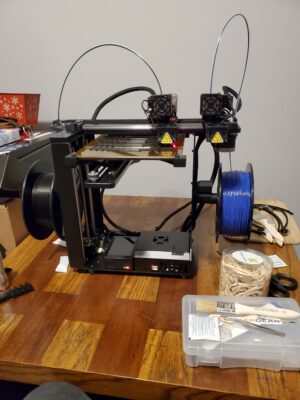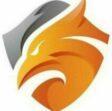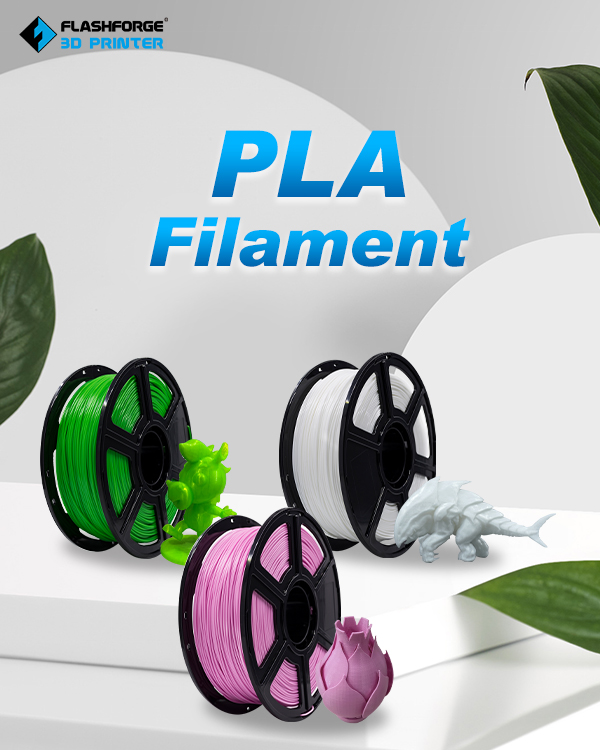3D printing is one of the most revolutionary technologies in recent years. With 3D printers, you can take a digital model and turn it into a physical object by adding layer upon layer of material. If you’ve never seen a 3D printer before, it has two essential parts: the digital file and the 3D printer.
It’s like a printer does to paper when you print a file from a computer, except you can do it to any shape.

At MakerBot, they’ve been working at the forefront of the 3D printing industry to bring technology to everyone because we believe everyone should have access to the power of creation. They created the MakerBot Store: to offer 3D printing products designed to make even the newest users successful. The digital file can be anything; however, it is best if your digital file is in STL (STereoLithography) format. The 3D printer is what prints the object.
The first question about 3D printing is: how do I create a 3D model? The answer is simple: you can do it with 3D software like 3D Studio Max, Google Sketchup, Solidworks, or Autodesk Inventor. The digital file tells the printer how to construct the object. It’s the same concept as uploading a file to the internet for a 3D printer to download.
3D printers have been around for years, but cost and complexity have made them impractical for most people. Newer technologies like fused deposition modeling (FDM) and stereolithography (SLA) have made them much more affordable, costing around $10,000.
Here’s how 3D printing works. First, you design a digital model to print. You can do this in programs like Photoshop, Solidworks, or CAD programs like Solidworks. Then you send this file to a 3D printer. The printer takes a look at the digital model. Then it goes through each digital model layer and creates a physical model using a spool of material (usually plastic).
The digital file is a 3D model created in a CAD (computer-aided design) program. This file contains the instructions that tell the 3D printer how to build your model. There are several different CAD programs, but the most popular are:
Cura Lulzbot file
Slic3r file
Makerbot (abc) file (Makerbot printers only)
The 3D printer is the machine that builds your model. It turns the digital file into something tangible. There are several different types and brands of 3D printers. If you choose between using a Makerbot or something else, we recommend the Ultimaker. The Ultimaker has a heated print bed that makes printing easier with materials like ABS, which need to be extruded at a higher temperature than PLA.
3D printers are rated by the size of the objects they can print and the resolution of these objects. Resolution describes the smoothness of the surface of the print.
We use an Ultimaker 2 Go 3D printer for all of our jobs. Ultimaker is a Dutch LLC, which means that the printer is built and tested by a European company. Ultimaker uses the Fused Deposition Modeling (FDM). Often referred to as a “printer,” the 3D printer consists of a platform that moves back and forth and up and down. And a series of hot-ends that extrude layers of plastic on top of each other to build your model.
Generally, the platform holds the X, Y, and Z-axis that controls the movement of the extruder. Still, some printers have a single gantry system containing these axes. It does this by printing them layer by layer.
A G-code file (pronounced “J code”) is a file that contains the instructions to let the printer know where to move the printer’s arms, how fast to move the arms, how much plastic to extrude, etc. The file can be sent to the printer directly from the computer, or many programs can help you slice the model up and convert it to a g-code file. There are many different 3D printers available, each with other characteristics and strengths.
The 3D printer prepares the digital model for printing. First, it slices the digital model into thousands of horizontal layers. The 3D printer then builds the model by printing one layer of the design and then advances the printer by one layer thickness. The printer repeats this process until the entire model is built.
The 3D printer uses plastic filament to build your model. The filament comes in various colors, sizes, and shapes. For example, the filament used by 3D printer manufacturers such as MakerBot is 1.75 millimeters in diameter and comes in black, red, and orange colors. You can brand or color the filament to make it unique or suit your needs.
Each type of filament has a different diameter, which defines the width of the finished layers. For example, a 1.75mm filament will produce a model with a layer thickness of 0.04 inches (1mm = 0.1mm, which is 0.1 x 1.75 = 0.175 inches = 0.4375mm).
Modelers can use multiple colors. However, a single color is the most common. When finished, you have a plastic model of your digital design.
3D Printers Are Versatile
3D printers come in many different shapes and sizes. You can find industrial-sized 3D printing devices to make large models. The same machines can print small objects like figurines and art.
The 3D printer is not limited to the model size it can make. The size is limited only by the size of the printer. If you were to print a digital model of a human being, the 3D printer would use digital data to create a single finger and then go through the same process over and over for each other finger, the hand, the arm, the body, the head, and the hair.
3D printers can use different filament materials, including ABS and PLA plastics. Some newer 3D printers use a more flexible type of filament called TPU.
The 3D printer deposits the filament onto the printing platform. The printer contains a heated platform with a layer of adhesive on it. This layer of adhesive melts and softens the filament. The print head pulls the filament across the platform, depositing the layer of melted filament. Then as the platform moves downward and the next layer of melted filament is deposited, the previous layer cools and hardens.
3D Printing Filament Materials
3D printer filament needs to be strong enough to withstand the printing process. It may need to be flexible enough to withstand the wearing and tearing of everyday use. The printer then melts the filament and deposits it onto the platform.
Next, the layer cools, and the printer moves the platform to the next layer. This process is then repeated until the object is complete. The platform is lowered, and the nozzle deposits a thin filament layer. The platform is raised, and a layer of adhesive is applied to the layer below. The process repeats until the object is complete.
Conclusion,
We would love to know what you think. Would you do us a favor and leave a comment if you have a moment?
It enables us to improve upon everything we do.
We’ve made leaving a comment or question easy! Just go below.
Some of the links in this article are affiliate links. If you were to buy something after clicking on one of these links, I would get a small commission.
Thanks for being part of the community!
Bullwinkle




